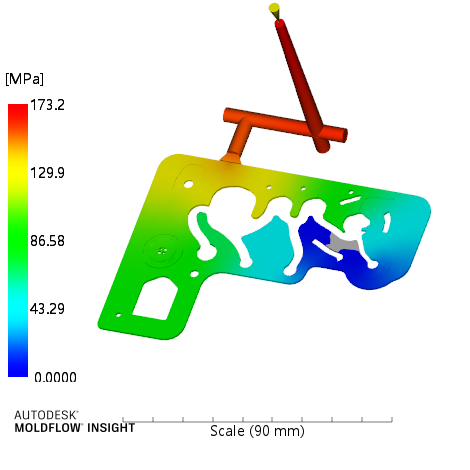中文
ENGLISH
中文
ENGLISH
Rapid tooling is one of the most effective and efficient ways of creating prototypes, over the past twenty years we have witnessed a tremendous shift in the methodologies and techniques when it comes to the production of parts or prototypes.
With just a few years the technology has finally caught up with the emerging needs of new consumers. Currently, most industrial sectors are creating parts using customizable parts for both existing products and new developments making our lives much easier and seamless.
The ongoing research and developments have provided manufacturers with a wide variety of ways of exploiting vowin.cn/' target='_blank'>rapid tooling techniques to their advantage. One fact that we need to know is vowin.cn/' target='_blank'>rapid tooling comes with its own sets of benefits depending on the type of project you are involved in.

Common traits of rapid tooling techniques
We need to understand that techniques have their standard features regardless of the tooling techniques employed. The first one is, the molds must be sturdy and robust to be able to conveniently handle all the plastics and resins at high temperatures.
Another important trait is the machines must have the ability to handles all the production cycles smoothly and seamlessly. This means that it will comfortably handle a high amount of pressure per square inch which will clamp down every time the mold cast apart or combine
The frames used in rapid tooling techniques must be sturdy and robust that will handle all the impact as well as high temperatures. When it comes to surface finishing, the patterns must have a clean and neat build, it should also possess the capabilities ejecting out the final end-products easily and effortlessly.
For those who are working on multi-layered products, trimming is only done after the ending of the production cycle. Concerning leaking, the molds must be closely monitored, or else you will encounter huge losses.
Is 3D printing a safe bet for rapid tooling?
For the overall success of your rapid tooling process, you first need to cover all the basics. After that, the next step will be choosing the technique or methodology to get your project done. One of the most widely used methods by manufacturers is 3D printing.
With 3D printing, you’ll have the ability to sufficiently create prototypes in less than four weeks. The 4-week duration also includes addressing the design flaws and revision of the design. The revision can be done via e-mail making it easier for both the client and manufacturer.
The 3D printing tech is also a very affordable couple with the fact that it uses modern software making it easy to create complex geometries. What this means is, every idea that you will be conceived or think of can be turned into a reality.
Modern techniques of rapid tooling
Rapid tooling is an effective way of production as it utilizes laser sintering technology. In the past, this technology was meant to work on plastic and resins only, the lasers can now be tampered to work with high temperatures and deal with multiple metal shapes.


